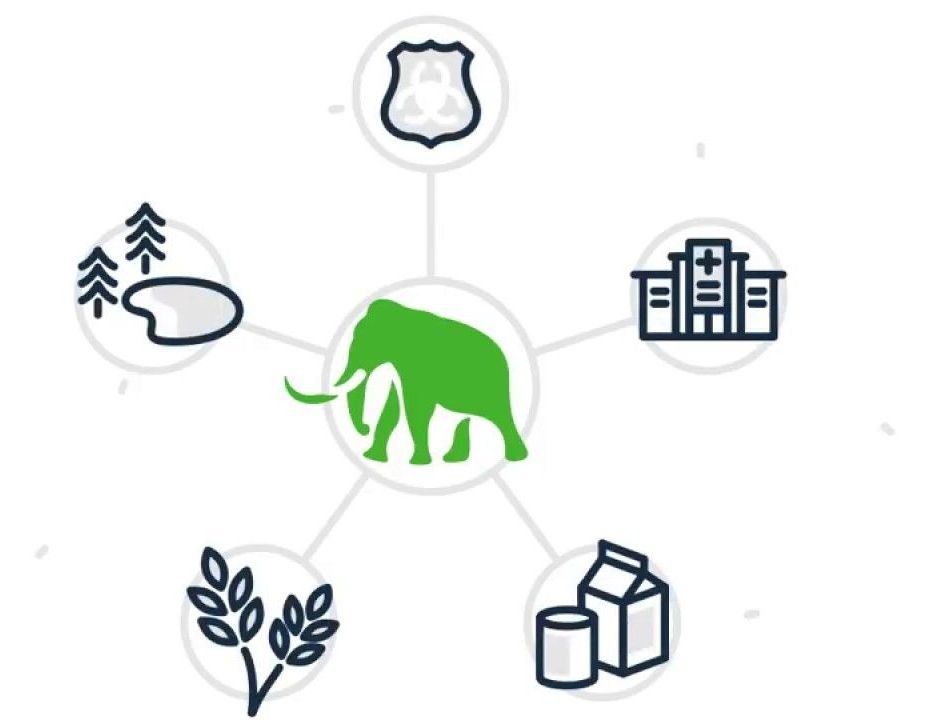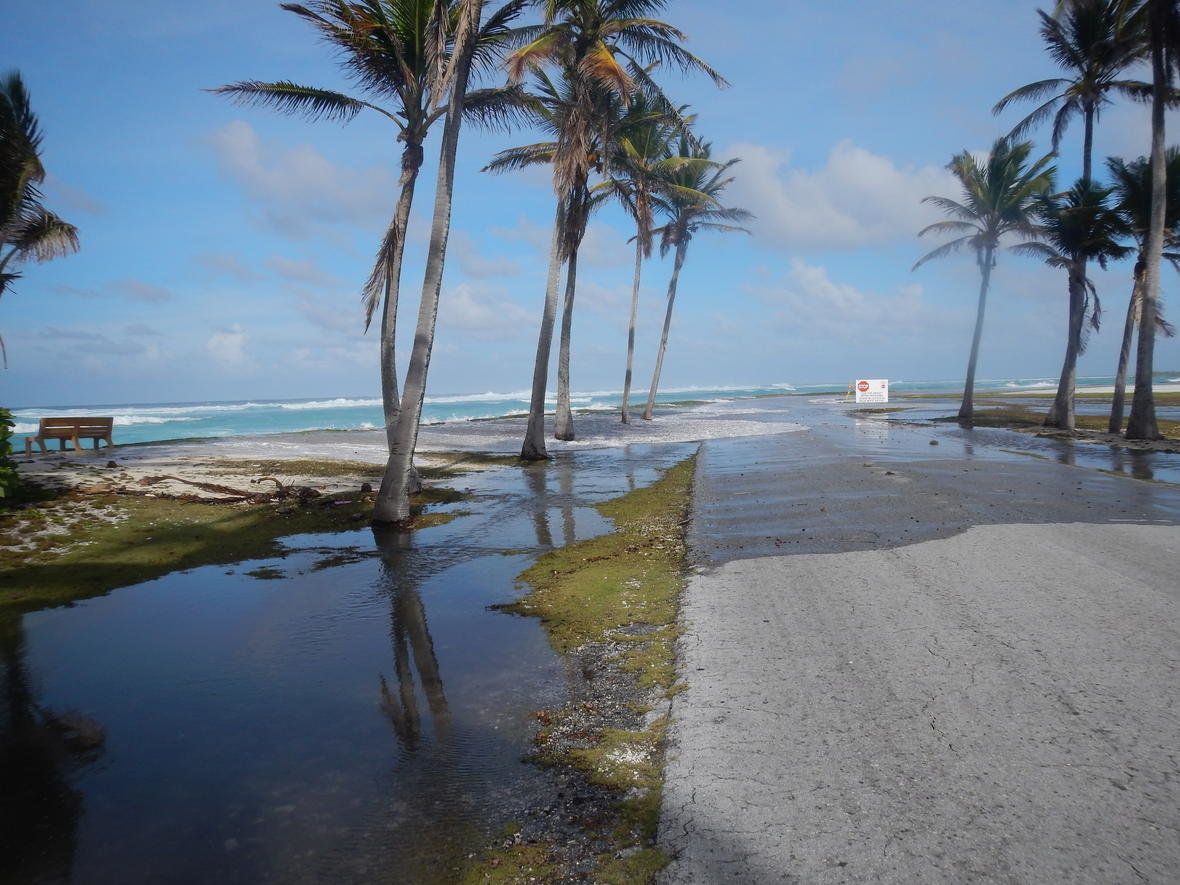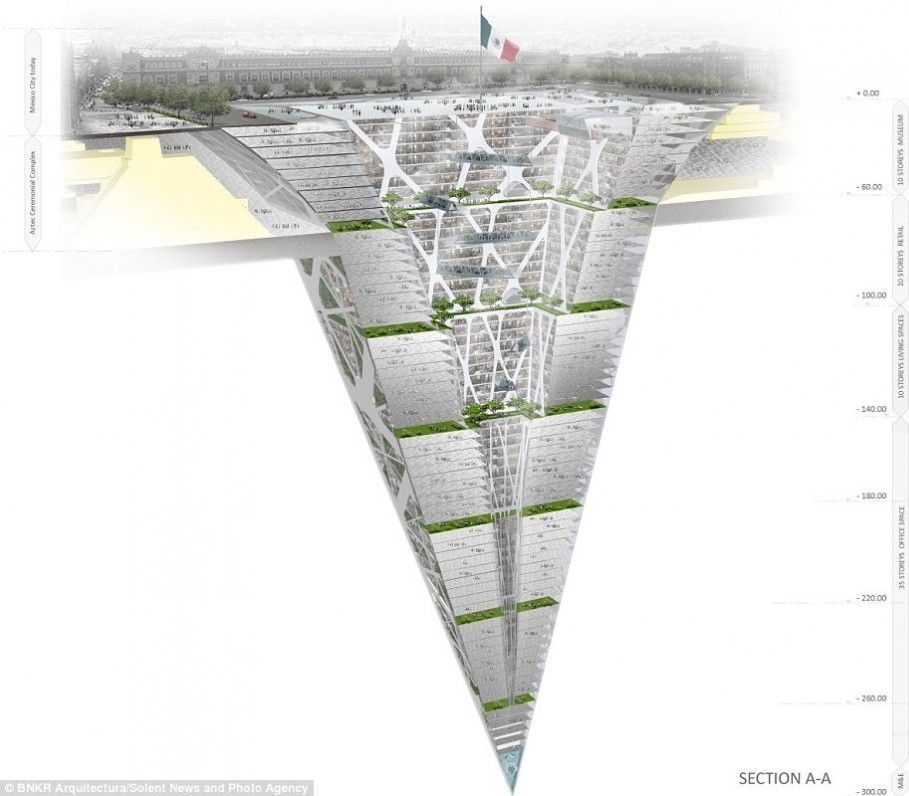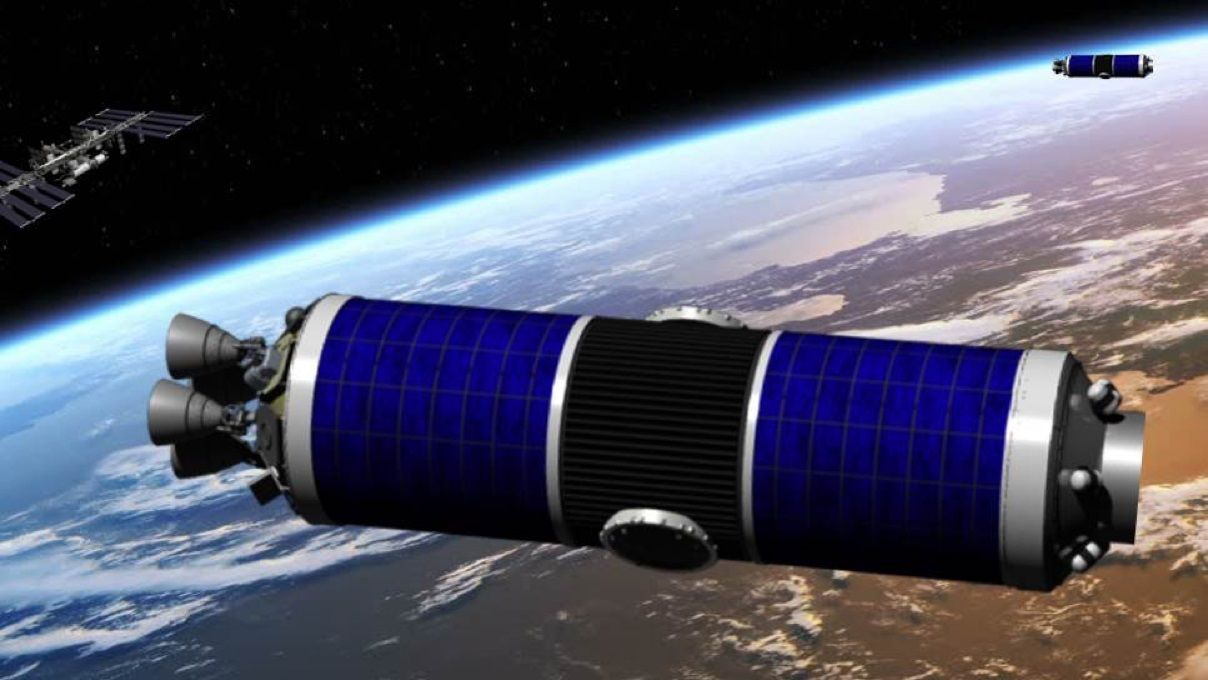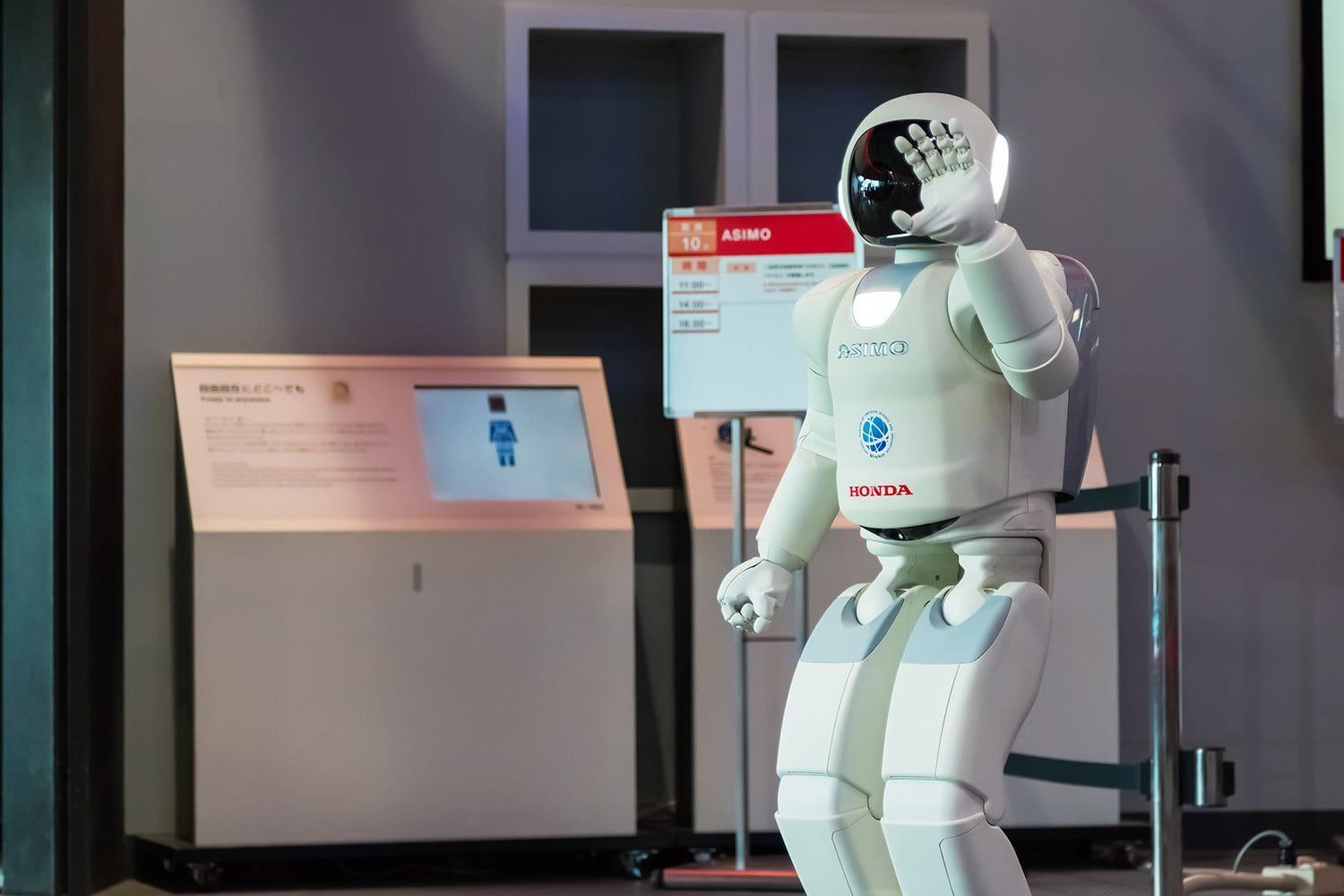May 1, 2018
8 men and women once sealed themselves inside this enormous fake Mars colony for 2 years — here’s what it’s like today
Posted by Genevieve Klien in categories: Elon Musk, habitats, space travel
A decade before Elon Musk founded his fast-rising rocket company, SpaceX, or spoke publicly about colonizing Mars, a different billionaire captivated the world with Biosphere 2.
Ed Bass, an oil tycoon, spent about $250 million to build and operate that facility as a proof-of-concept for a permanent, self-sustaining habitat on Mars. Four men and four women sealed themselves inside the airtight space in September 1991 and emerged two years later.
The experimental space-age facility served as the stage for a spectacular and controversial story of human endurance.



